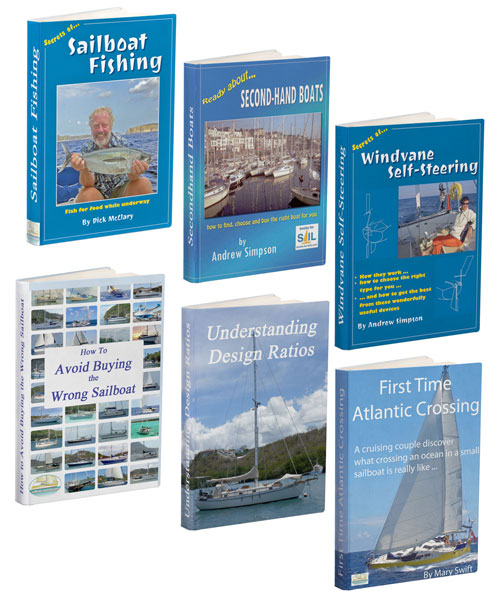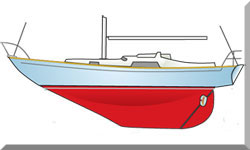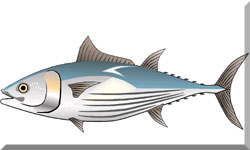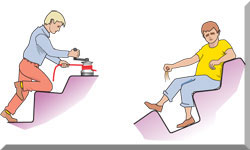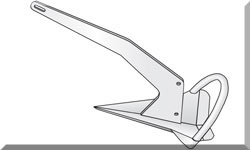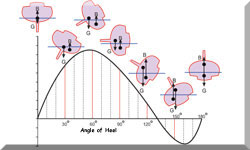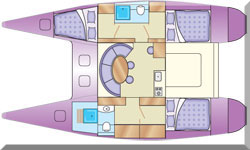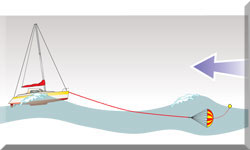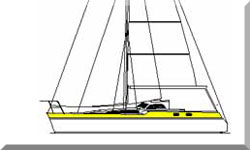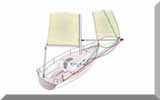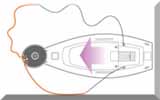- Home
- Hunter Sailboats
- B&R Rig
The B&R Rig: Unlocking the Secrets of Hunter Sailboats' Unique Mast
Ever spotted a Hunter sailboat out on the water and noticed something a little... different about its mast and sails? You're not alone. That distinctive configuration is often the B&R rig, a sail plan that's become virtually synonymous with the Hunter brand, especially their American-built cruising models.
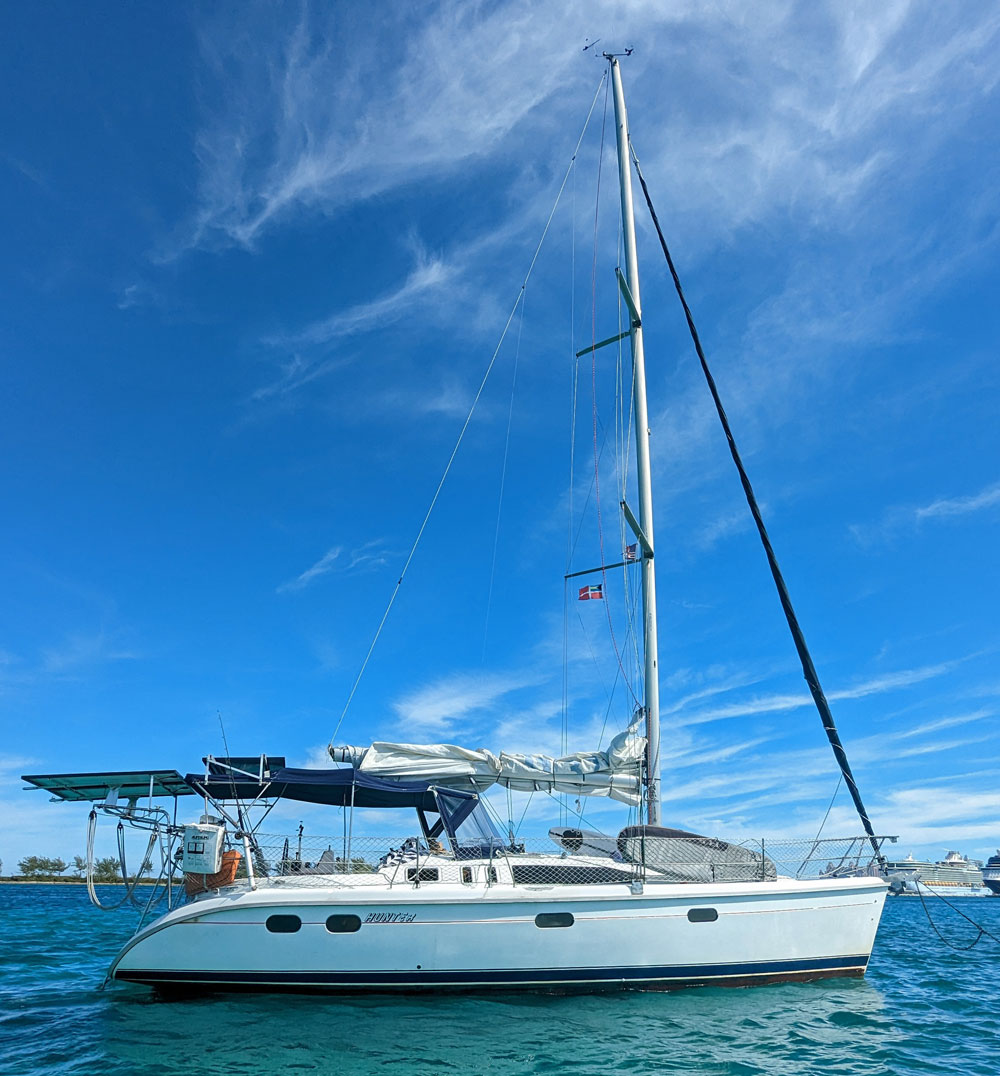 The B&R Rig on a Hunter 376
The B&R Rig on a Hunter 376But this isn't just a quirky design choice; it's a carefully engineered system with a fascinating history and a clear purpose. So, what exactly is a B&R rig, and why did Hunter embrace it so wholeheartedly? Let's untangle the lines and find out.
B&R Rig Basics: Who's Behind It?
The B&R rig proudly carries the names of its designers: Lars Bergström and Sven Ridder. These two ingenious Swedish engineers weren't content to simply follow traditional sailboat rigging blueprints. They were driven by a desire to optimize both sailing performance and structural integrity, initially making waves in the world of high-performance racing yachts. Their clever solutions, proven in demanding competitive environments, eventually found a perfect, practical home in Hunter's cruising line, where stability, ease of handling, and maximizing interior volume were always paramount.
At its heart, the B&R rig operates as a fractional rig. This means the forestay – that critical wire supporting the mast from the bow – doesn't stretch all the way to the very top. Instead, it anchors somewhere below the masthead, typically around 80-90% of its height.
What Makes the B&R Rig Stand Out?
Several key characteristics immediately set the B&R rig apart from more conventional sailboat setups:
- Dramatically Swept-Back Spreaders: This is probably the most visually arresting feature. The spreaders, which extend outwards to push the shrouds (the crucial side supports for the mast) wide, are angled significantly aft. This pronounced sweep provides exceptionally robust lateral support for the mast. The genius here? It often eliminates the need for traditional running backstays – those extra wires that can be a real nuisance, especially on a cruising boat where simplicity is king.
- No Backstay (Typically): Yes, you read that right. Because those swept-back spreaders and the powerful main shrouds offer such excellent aft support, most B&R sailboat rigs simply don't have a standing backstay. This absence is a huge win for sailors: it frees up the cockpit, removes an annoying obstruction, and makes stepping on and off the transom (especially on boats with walk-through designs) much easier.
- The Role of Diamond Stays: You'll often see diamond stays or "jumpers" on a B&R rig. These are shorter stays running from the mast at the spreader tips to points above and below on the mast, forming a distinct diamond shape. Their job is to help control mast bend and add stiffness to the mast section between where the forestay attaches and the masthead.
- A Mainsail with Serious "Roach": With no backstay in the way, the mainsail on a B&R rig can boast a much larger "roach" – that graceful curved portion of the sail that extends beyond the straight line from the mast to the clew. This extra sail area, particularly high up where the wind is less disturbed and stronger, contributes significantly to the boat's raw power. It's why many Hunter sailboats can feel surprisingly well-powered, even with a smaller headsail.
- The Masthead Crane: Instead of relying on a backstay, the very top of the mast on a B&R rig often features a sturdy masthead crane that extends aft. This robust fitting provides the necessary support for that uppermost section of the mast.
Why Sailors Love the B&R Rig: Key Advantages
Hunter didn't adopt the B&R rig just to be different; it offers some truly compelling advantages for the everyday recreational sailor:
- Simplified Handling: No backstay to worry about means tacking and gybing become smoother, less cluttered affairs. Couple this with that powerful mainsail, and you often find less reliance on a large genoa, making sail handling generally more manageable, a big plus for couples or those sailing singlehanded.
- Spacious Interiors: Typically, the mast on a B&R rig is deck-stepped (it rests on the deck) rather than keel-stepped (passing through the deck down to the keel). This is a game-changer for interior space; no mast running through the cabin means more usable living area below and a simpler, less obstructed cabin sole.
- Inherent Strength & Stability: Don't let its unconventional looks fool you. The B&R rig is an exceptionally strong and stable design. That extensive lateral support from the swept-back spreaders and multiple shrouds creates a genuinely robust mast structure.
- Solid Upwind Performance: That ability to carry a large, efficient mainsail with plenty of roach translates directly into good upwind performance, ensuring the boat makes good progress, even if it's not trying to set speed records.
- Uncluttered Aft Deck & Transom: This is a major win for functionality. The absence of a backstay provides unimpeded access to the swim platform, making dinghy davits easier to install and use, and simply enjoying the stern area a more open experience.
Potential Downsides & Considerations of the B&R Rig
While the B&R rig boasts many benefits, it's also worth acknowledging a few points that often come up in discussions among sailors:
- Mainsail Chafe Downwind: One of the most frequently mentioned aspects is that those highly swept-back spreaders can sometimes rub against the mainsail when you're sailing directly downwind (on a broad reach or dead run). This can lead to wear over time. While a sacrificial patch on the sail can help mitigate this, it often means owners adjust their course slightly off a dead run to prevent excessive chafe.
- Nuanced Tuning: While robust, getting optimal B&R rig tuning can be less intuitive than on a more conventional setup. The interaction of multiple, highly loaded shrouds and diagonals, along with the pre-bend built into the mast, creates a complex system. Getting it perfectly dialed in requires a specific understanding to ensure even stresses and proper performance. Unlike rigs with adjustable backstays, fine-tuning forestay tension for precise pointing ability, for instance, involves adjusting side stays, which isn't as quick or easy.
- Offshore Redundancy Perceptions: For some traditional bluewater sailors, the absence of a conventional standing backstay can be a point of discussion regarding redundancy. While the B&R rig is engineered to be incredibly strong through its unique, tripod-like geometry, a single failure of the forestay, without any secondary forward support like a babystay, might be seen as a higher risk by those accustomed to more traditional rigging practices.
- Historical Wear Points: While the overall design is solid, some older Hunter sailboats with B&R rigs have occasionally shown issues with welded spreader attachments to the mast. These can sometimes develop cracks or tears over a long period, typically due to fatigue or improper tuning, and may require costly repairs that involve unstepping the mast. This highlights the importance of thorough pre-purchase surveys and regular rigging inspections.
The B&R's Lasting Impact
In summary, the B&R rig is far more than just an odd-looking mast. It's a clever and highly functional sail plan that has profoundly shaped the character of many Hunter sailboats. It stands as a testament to innovation in yacht design, offering a unique blend of structural strength, sailing efficiency, and user-friendly features that have made these boats a beloved choice for cruisers around the globe. Like any design, it has its particular characteristics and trade-offs, but understanding these helps in fully appreciating what a Hunter brings to the water. It's a distinctive feature that, once grasped, truly adds to the appeal of a Hunter on the water.
Sources & References
- B&R Rig - Sailboat Owners Forums: https://forums.sailboatowners.com/threads/br-rig.163351/
- The Hunter Design Story - Legend Owners Association: https://legendowners.com/legend-heritage/glenn-henderson-a-hunter-designer
- B&R Rig - Wikipedia: https://en.wikipedia.org/wiki/B%26R_rig
- What is a B&R Rig? - Sail Magazine: https://www.sailmagazine.com/cruising/what-is-a-br-rig/
- Hunter Sailboat Hull Design - Practical Sailor (via YouTube snippet implies content on design): https://www.youtube.com/watch?v=QLheu7mOGEk
- Hunter Sailboats: Are They Built for Bluewater Cruising? - Life of Sailing: https://www.lifeofsailing.com/blogs/articles/are-hunter-sailboats-bluewater)
Recent Articles
-
The Ultimate Guide to Sailboats: Sloops, Ketches & More
Aug 22, 25 06:24 PM
A comprehensive guide to sailboat types. Learn the differences between monohulls and multihulls, sloops, cutters, ketches, yawls and schooners. -
Understanding Cruising Catamarans: A Comprehensive Sailor's Guide
Aug 22, 25 04:02 PM
As an RYA 'Offshore Yachtmaster' & member of the YJA, I share expert insights on what you need to know about cruising catamarans. Discover key considerations on accommodation, performance, & maintenan… -
Unstayed Rigs & Cat Ketch Sailboats: A Sailor's Guide to Why They Work
Aug 22, 25 04:20 AM
Explore the unique advantages and performance characteristics of unstayed rigs, including cat ketches and single-masted catboats.
